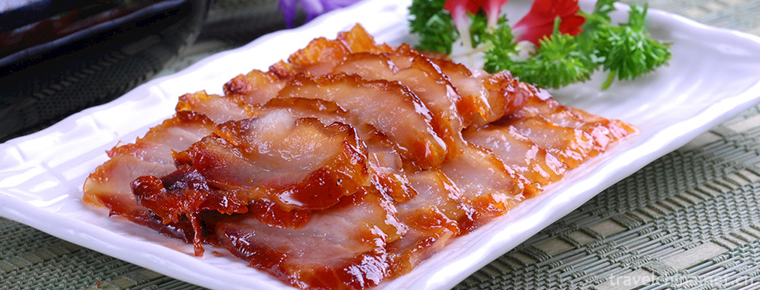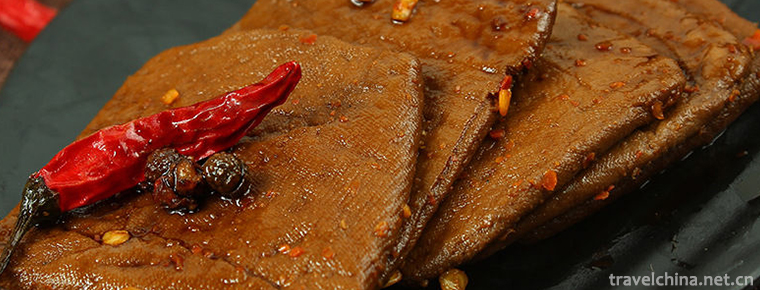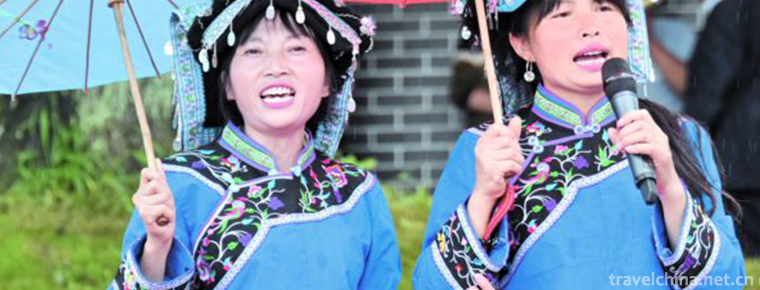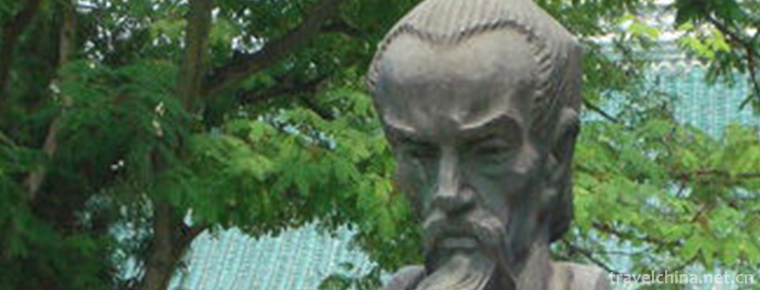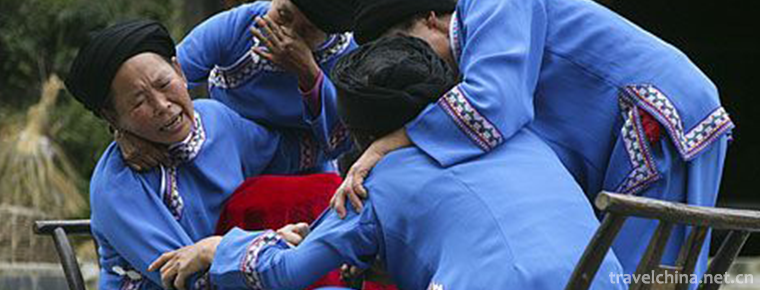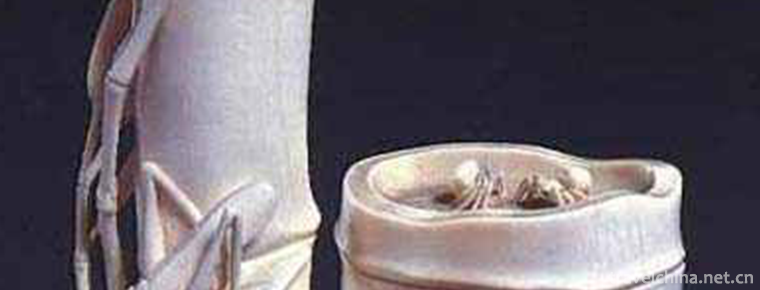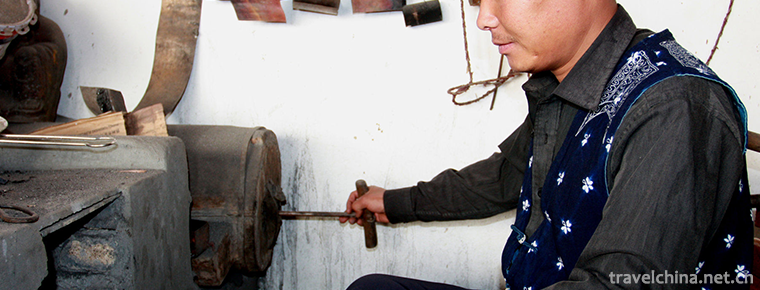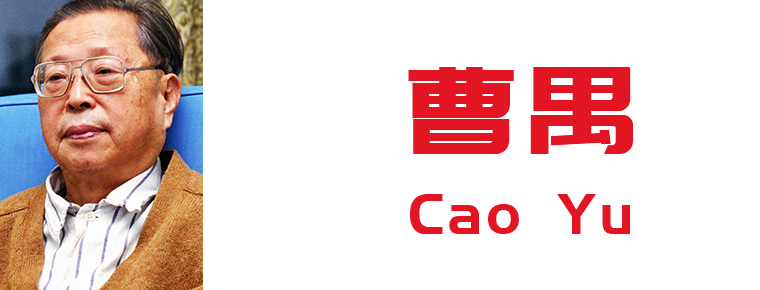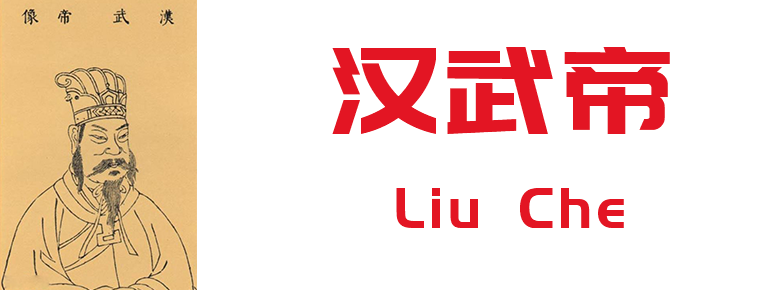Qinhu National Wetland Park
Qinhu National Wetland Park
Qinhu National Wetland Park is located between the central part of Jiangsu Province and the Yangtze and Huaihe River. The total area of the scenic spot is 26 square kilometers. By 2014, the area of the scenic spot open to tourists is 7 square kilometers. Natural resources are superior, and biological types are diverse. There are red-crowned cranes, elk, white swans, white-pillow cranes, white Orioles and so on.
Qinhu Lake Scenic Spot in Qinhu National Wetland Park is a provincial scenic spot approved by Jiangsu Provincial People's Government and a national 5A tourism scenic spot. It is the second national wetland park approved by the State Forestry Administration and the first National Wetland Park in Jiangsu Province.
geographical environment
Location context
Taizhou Qinhu Scenic Area is located in the northwest of Jiangyan District of Taizhou City in the central area of Jiangsu Province. It is within 2 hours'drive from Shanghai, Suzhou, Wuxi, Changzhou, Nanjing, Zhenjiang, Yangzhou, Nantong and other large and medium-sized cities. Ningyan First-class Highway and Jiangqin Highway pass through the area, while Ningjingyan Highway has exits in the scenic area.
topographic features
Scenic lakes, rivers and other areas account for about 37% of the total area, of which Qinhu Lake is a large-scale lake. Qinhu Lake, also known as Magpie Lake, is named for "magpie flying collection in the past". Qinhu Lake is 1.4 kilometers long in East and west, 1.5 kilometers long in South and north. It resembles Yupei. It covers an area of about 3500 mu. There are nine main rivers that reach the lake area in all directions. It naturally forms a strange landscape of "Kowloon Chaoque".
climate
Qinhu wetland belongs to the north subtropical monsoon climate zone, which is the transition zone between subtropical and temperate zones. The climate area is not cold in winter. The average temperature in January is generally above 0 C, and in summer is relatively hot. The average temperature in July is generally about 25 C. The wind direction in winter and summer has obvious changes. The annual precipitation is generally over 1000mm, mainly concentrated in summer and less in winter.
natural resources
Total resources
The wetland types in scenic spots are diverse, including swamps, lakes, rivers and constructed wetlands, in which the swamp wetlands are mainly composed of swamp plant communities dominated by Carex and Gramineae plants; the lake wetlands are mainly composed of submerged, floating, floating and upwelling plants; and the river wetlands are dominated by submerged and floating plants, with a small number of floating and upwelling plants. Reed communities are the most widely distributed in coastal areas, while other floating, submerged, tapir plants and wet trees and shrubs are scattered. Wetlands are rich in biodiversity, and various types of wetlands with relatively high ecosystem integrity provide good habitats for a variety of animals, especially for birds'habitat, foraging and reproduction. Preliminary statistics show that there are 97 species of birds, 21 species of mammals, 23 species of amphibians and reptiles, 38 species of fish and 21 species of zooplankton in Qinhu wetland. Qinhu wetland is of great value to the maintenance of regional biodiversity.
Biological species
By 2014, there were 153 species of wild plants and birds in the park, 97 species in total. There were 7 species of wild storks, black storks, red-crowned cranes and 7 species of wild geese, quails, magpies, grey magpies, thrushes and other 8 species of protected animals at the provincial level. Animals: A total of 21 species, the national first-level protection of animals are milu deer, the provincial protection of animals are hedgehogs, badgers, ferrets, leopard cats, weasels and so on. Amphibians and Reptiles: There are 23 species of amphibians and reptiles, including Golden Shallow Frog, Black Spotted Frog, Tortoise, Agkistrodon, etc. Fish: 38 species, in addition to river shrimp, crab, turtle, mussel, snail, snail, clam and so on. Other animals: 21 genera (species) of zooplankton, including 3 genera of protozoa, 4 genera of rotifers, 5 genera (species), 5 genera of copepods, 27 genera of benthic animals and 10 genera of insects.
Main attractions
Entrance of scenic spots
The gate is made up of five boats overlapping each other, symbolizing the annual Jiangyan Qintong Festival. The eight characters "Qinhu National Wetland Park" above the gate of the scenic spot were written by Mr. Zhao Xuemin, president of China Wildlife Conservation Association and former deputy director of the State Forestry Administration.
Ten Li Qin Lake
Qinhu Lake, also known as Magpie Lake, is 1.4 kilometers long in East and west, 1.5 kilometers long in North and south, similar to Yupei, with an area of about 2.1 square kilometers. Looking up, there are nine main rivers from all directions to the lake area, which naturally forms the strange landscape of "Kowloon Chaoque".
Military Sports Paradise
Qinhu Military Sports Paradise, the scene of CS real-life confrontation. There are colour bullet shooting and quality development projects.
Three yuan hot spring
Qinhu Wetland Park contains abundant geothermal resources. The outlet temperature of the "Sanyuan Wet Spring" developed is more than 42 C. Water quality is clear and transparent, rich in a variety of elements beneficial to the body, with heating, bathing, health care and other effects.
Ancient Shou Sheng Temple
Ancient Shousheng Temple was built in the Song Dynasty, more than 700 years ago, when it was one of the "fourteen jungles" in Taizhou Buddhist circles. During the Cultural Revolution, the temple was destroyed. In the prosperous period of the Changming Dynasty, with the consent of the Taizhou Municipal People's Government, the ancient Shousheng Temple was restored and rebuilt in the beautiful Qinhu National Wetland Park.
On October 5, 2004, the ancient Shousheng Temple held a grand ceremony for the opening of Buddhist statues. The Buddhist monks from various mountains were invited to attend.
Waiting hall
Waiting Hall, built near the water, was completed and put into use in 2008. The hall is divided into two floors, the upper one is equipped with leisure facilities such as book bar, tea bar, film and television hall, and the lower one is mainly a local shopping mall, which mainly shows the famous local products in Taizhou area. There are Jiangyan thin crisp, Taizhou Sanma, Jingjiang preserved meat, Huangqiao pancakes and so on. The waiting hall, shaped like a sailing ship, once again confirms the deep ship culture of Qintong.
Wetland Science Museum
Qinhu Wetland Science Museum covers an area of nearly 8000 square meters. Popular Science Museum is divided into three layers. The theme of the first layer is "Searching for Qinhu Lake". There are eight exhibition areas, such as Shuiyun Lake, Bird-watching Paradise, Elk Hometown, Green Shadow, Qinhu Lake Night, Footprint Star Sky, Qinhu Lake Rhyme, and Immersion Qinhu Lake. The theme of the second floor is "Searching for the Origin". There are exhibition areas such as Searching for the Origin, Wetland Milky Way, Qinhu Meeting Ship, Qinhu Bricks and Tiles, Crisis and Recovery, Kidney of the Earth and Ecological Garden. The geographical location, local cultural characteristics and customs of Qinhu Lake are introduced, and the functions of wetlands are displayed and explained. The third floor is a large-scale scene of "magpie nesting", which shows the great events that human beings have experienced in the process of protecting wetlands and nature worldwide.
Wetland Exploration Paradise
Wetland Exploration Park provides recreational experience park, mainly some climbing facilities.
Transport line
Self-driving route of Qinhu National Wetland Park in Taizhou:
(1) Self-driving route from Shanghai to Qinhu Scenic Area:
Along the Yangtze River Expressway - Jiangyin Bridge - from Guangjing Expressway to Ningjing Yancheng Expressway - to Yancheng direction, to Qintong No. 6 exit (Note: Xinghua Lizhong from No. 8) _Nanjing to Qinhu Lake Scenic Spot self-driving route:
Walk along Ningtong Expressway to Diaopu Expressway in Taizhou, then go through Taizhou City to Jiangyan, and arrive at Qinhu Avenue in Jiangyan in half an hour, all the way north to Qinhu Scenic Area.
(3) Self-driving route from Zhejiang to Qinhu Scenic Area:
From Zhejiang to Shanghai-Nanjing Expressway-to-Xicheng Expressway-to-Jiangyin Bridge-to-Guangjing Expressway to Ningjing-Yancheng Expressway-to Yancheng direction, to Qintong exit.
(5) Self-driving route from Zhenjiang to Qinhu Scenic Area:
Pass Runyang Bridge - go along Ningtong Expressway, go to Nantong, turn to Ningjing Yancheng Expressway, go to Yancheng and go to Qintong Exit.
(5) Self-driving routes from Su, Xichang to Qinhu Scenic Area:
Shanghai-Nanjing Expressway - Zhuanxi-Chengdu Expressway - Jiangyin Bridge - Guangjing Expressway to Ningjing-Yancheng Expressway - to Yancheng direction, to Qintong export.
Note: Take Yanjing Expressway to Qintong Exit to Qinhu Scenic Spot and get to the gate of the Scenic Spot in two to three minutes.
Taizhou Qinhu bus route:
Jiangyan Bus 816 is directly connected to the scenic spot. Tourists can choose to take tourist buses at local railway stations and long-distance bus stations (Taizhou Railway Station, Taizhou Bus Station and Jiangyan can all reach the scenic spot)
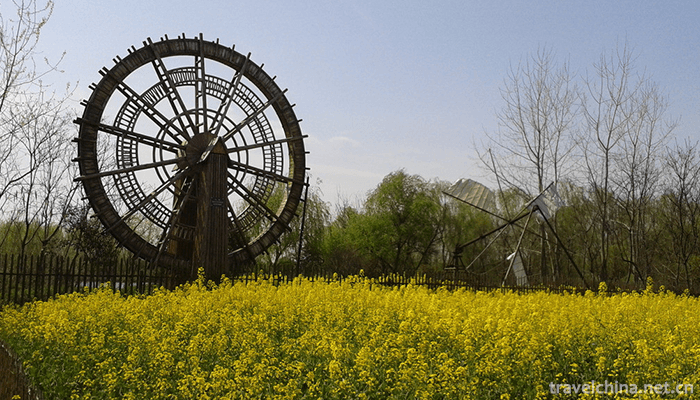
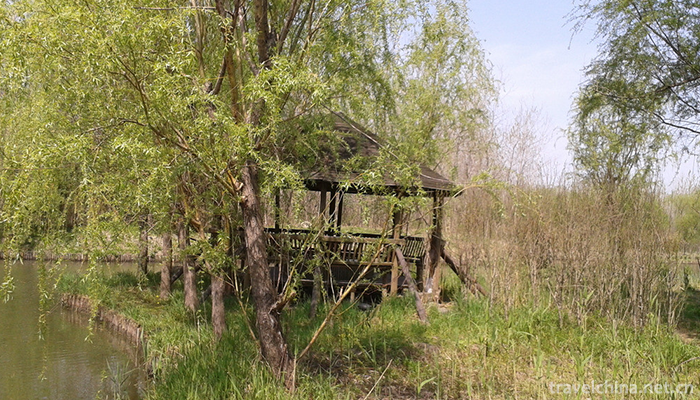
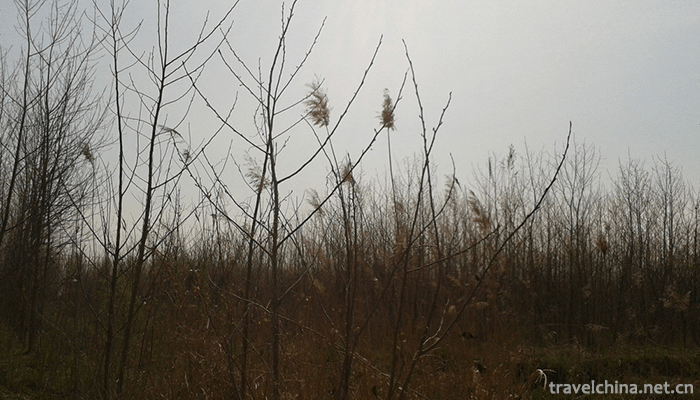
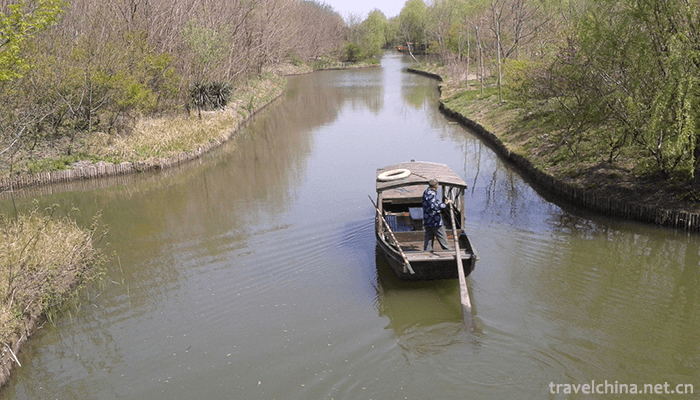
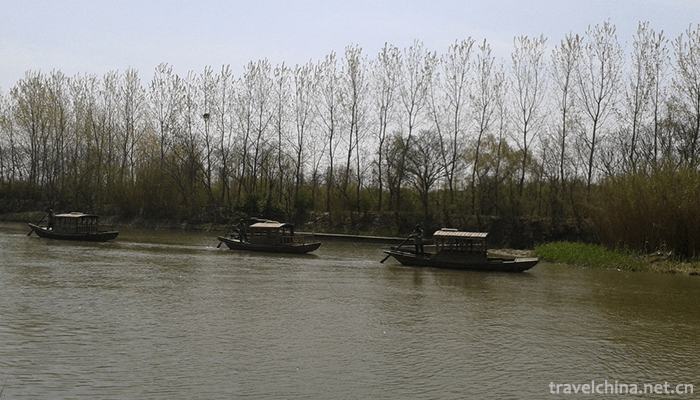
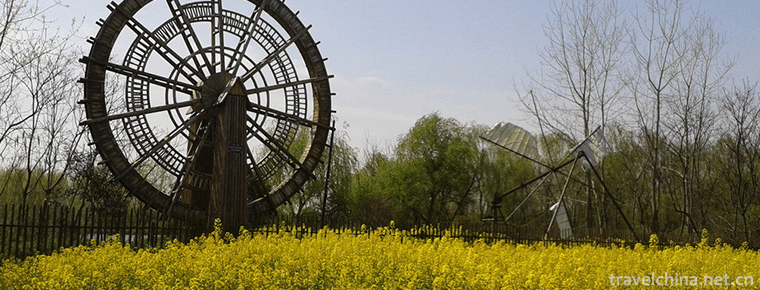
Qinhu National Wetland Park
-
barbecued pork
Views: 301 Time 2018-11-02 -
Five city tea driedWucheng Dried Tea
Wucheng Dried Tea, a specialty of Xiuning County, Anhui Province, is a national geographical indication product.
Views: 137 Time 2018-11-27 -
Buyi Chabai Song Festival
The Buyi Chabaige Festival is a commemorative festival of the Buyi people in Xingyi, southwest Guizhou Province. It is held in Chabaichang, Dingxiao Town, Xingyi City
Views: 178 Time 2019-04-04 -
Legend of Qu Yuan
The legend of Quyuan is one of the local folklores in Zigui County, Hubei Province. The people of Zigui created and inherited folk literature with lyric and expressive expression by linking Quyuan wit
Views: 101 Time 2019-06-11 -
Tujia Wedding Song
The Tujia people living in the border areas of Hunan, Hubei, Chongqing and Guizhou are an ancient civilized nation with a long history and traditional customs, and retain strong national characteristi
Views: 226 Time 2019-06-23 -
ivory carving
Ivory carving refers to the carving process and its products with ivory as the material. It is an ancient Chinese traditional art, folk arts and crafts. Ivory is the strongest part of an elephant. It
Views: 122 Time 2019-07-06 -
Silver jewelry making skills
Yunnan has been known as the "metal kingdom" since ancient times. Silver and copper resources in Western Yunnan are very rich, with Dali as a typical representative. Heqing Silver Ware Makin
Views: 171 Time 2019-07-13 -
Cao Yu pen name of Wan Jiabao
Cao Yu (September 24, 1910 - December 13, 1996) writer better known as Cao Yu Xiaoshi, Xiaoshun Jia, Han nationality, native to Hubei. Qianjiang Born in a declining feudal bureaucratic family in Tianj
Views: 296 Time 2019-09-07 -
Liu Che
Liu Che (July 14th 156 BC - March 29th 87 BC) Martial Emperor , Western Han Dynasty Seventh emperors (including Shao Di before and after). Politician And a litterateur.
Views: 147 Time 2019-09-07 -
Nanchong hydrology
Nanchong is rich in precipitation. The average annual precipitation is 1000 mm, excluding evaporation, the annual total water is about 4.191 billion cubic meters, and the average annual runoff depth is about 313 mm. The distribution of runoff depth is generally
Views: 364 Time 2020-12-17 -
Meishan City honor
In November 2015, Meishan city was listed as the second batch of national new urbanization comprehensive pilot areas. In 2016, Meishan city was awarded the title of the first tourist destination in the Asia Pacific region (second and third tier cities).
Views: 320 Time 2020-12-18 -
Social security in Guangan
As of 2019, there are 64000 urban and 217000 rural minimum living allowances in Guang'an City. The per capita subsidy level of urban and rural minimum living security will be increased by 27 yuan and 8 yuan respectively (according to household insura
Views: 347 Time 2020-12-19
